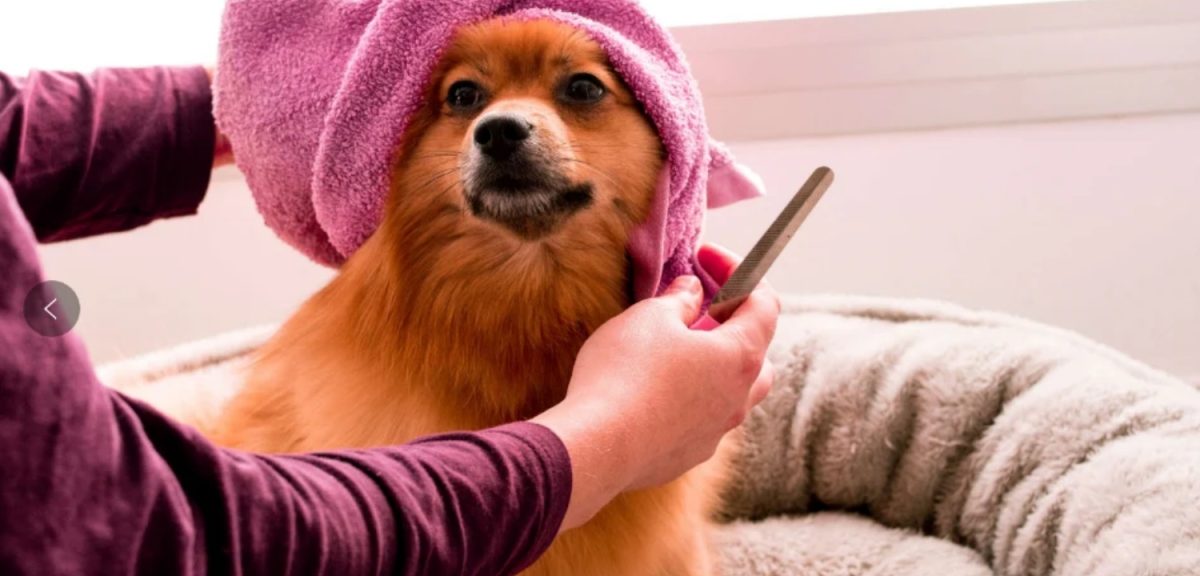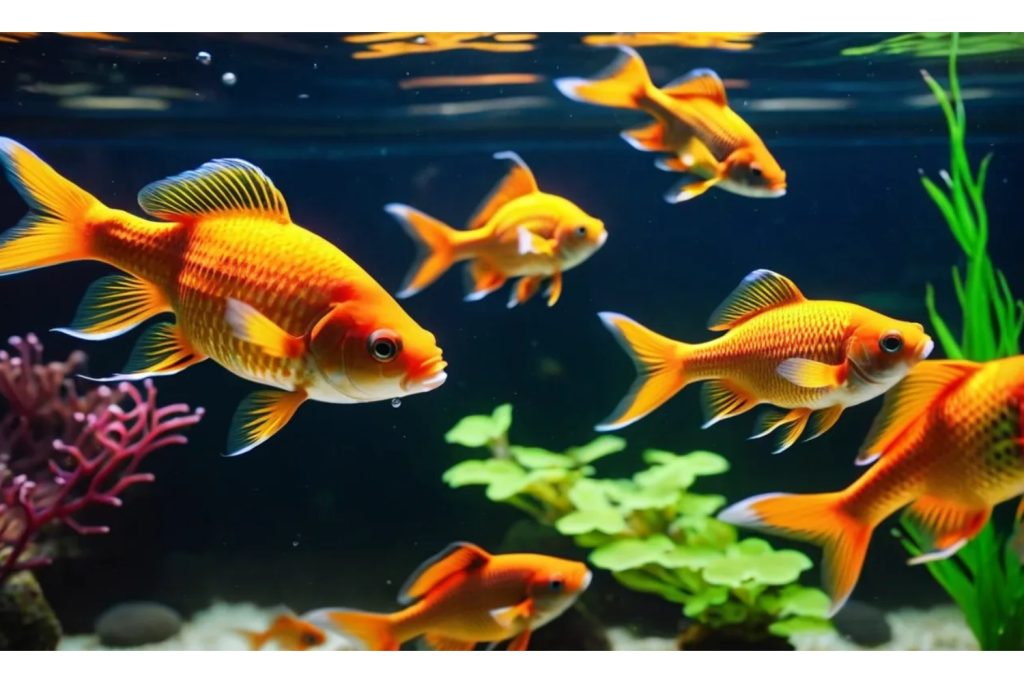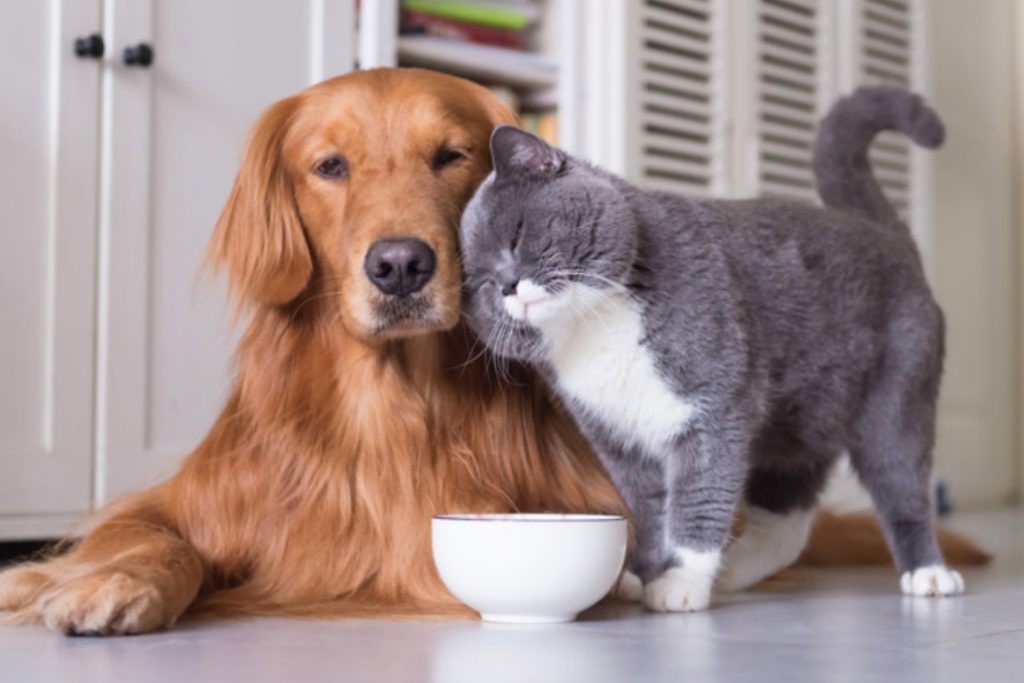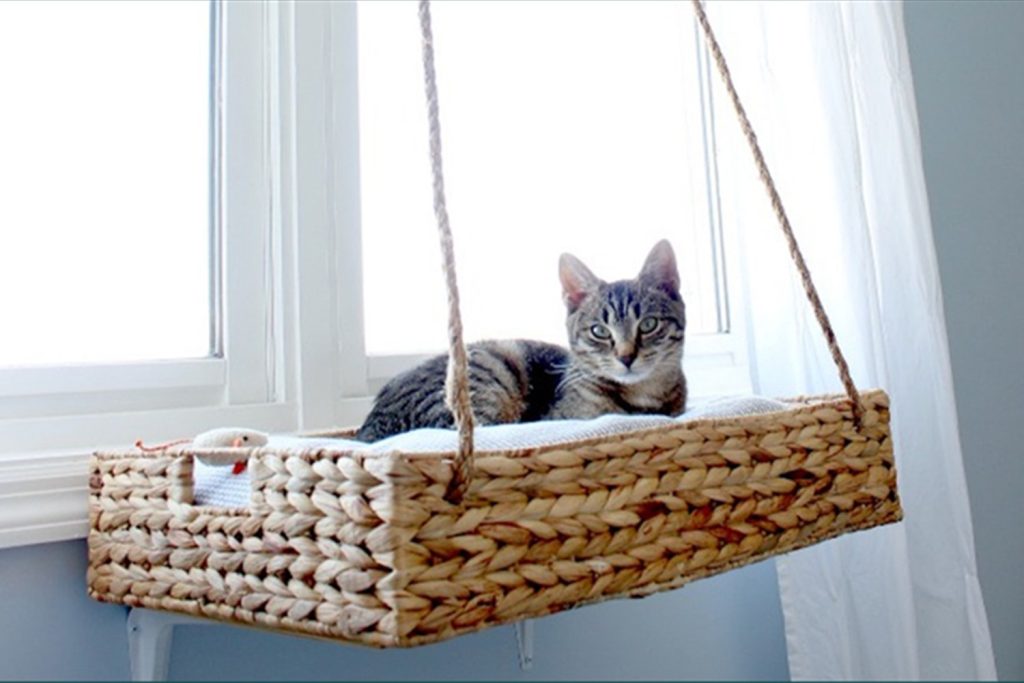Regular grooming is a vital part of maintaining the health and hygiene of your beloved pets. Cats and dogs, regardless of their breed, benefit immensely from a consistent grooming routine. Not only does grooming help in keeping your pet clean, but it also plays a crucial role in detecting potential health issues early, promoting better skin health, and enhancing their overall well-being.
Why Regular Grooming is Important
Grooming is more than just a cosmetic necessity; it is essential for your pet’s health. Regular grooming sessions help remove dirt, debris, and loose hair, reducing the risk of skin irritations and infections. Routine checks during grooming allow you to spot abnormalities such as lumps, parasites, or skin conditions early on. Additionally, grooming sessions foster a stronger bond between you and your pet, as they begin to associate the routine with care and affection.
Grooming Techniques for Different Breeds
Different breeds have unique grooming needs based on their coat type and skin condition. Here’s a breakdown of some techniques:
Short-haired Dogs and Cats: Breeds like Beagles and Siamese cats typically require less intensive grooming. A weekly brushing using a soft-bristle brush or grooming glove can suffice, helping to reduce shedding and distribute natural oils.
Long-haired Breeds: Breeds like Golden Retrievers and Persian cats need more frequent grooming. Use a wide-toothed comb to detangle knots and follow up with a slicker brush to remove loose fur and prevent matting.
Curly-coated Breeds: Poodles and Bichon Frises have unique grooming needs due to their curly coats. Regular grooming with a slicker brush and periodic professional clipping is necessary to maintain their coat health.
Tips for a Positive Grooming Experience
Making grooming a positive experience is crucial for both you and your pet. Here are some tips to ensure a stress-free grooming session:
- Start Early: Introduce grooming habits when your pet is young to help them get accustomed to the process.
- Be Gentle: Use gentle strokes and calm, soothing tones to keep your pet relaxed.
- Reward and Reinforce: Offer treats and praise to reward good behavior during grooming sessions.
- Create a Routine: Consistency is key. Establish a regular grooming schedule that your pet can anticipate and adjust to.
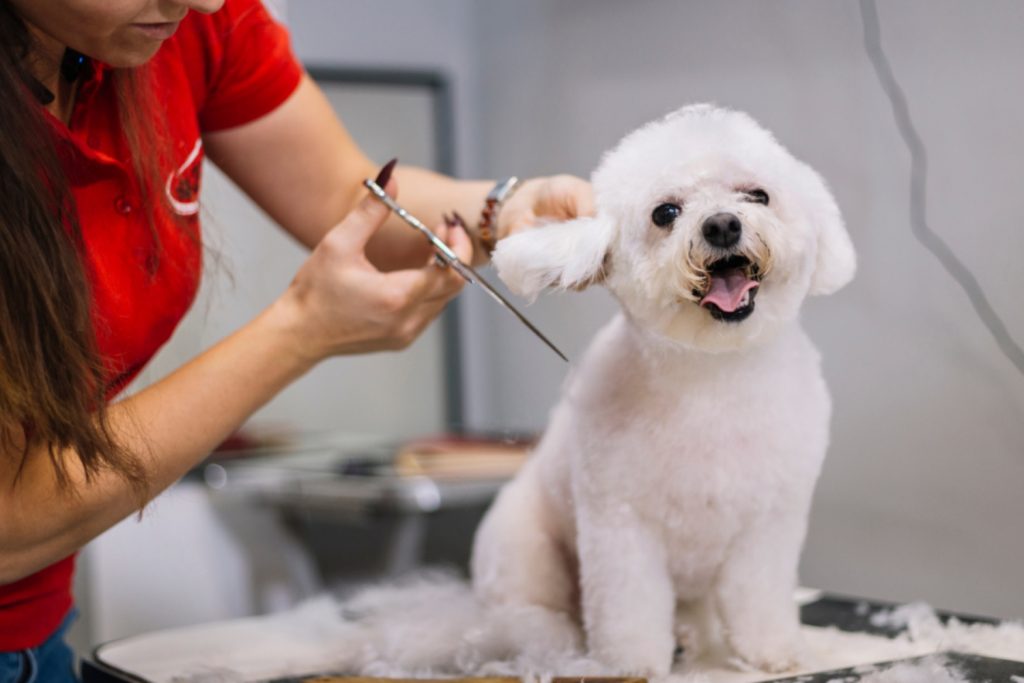
Essential Grooming Tools and Products
Investing in the right grooming tools and products can make the process smoother and more effective:
- Brushes and Combs: Choose the right brush or comb based on your pet’s coat type. A slicker brush works well for detangling, while a bristle brush is great for general grooming.
- Shampoos and Conditioners: Use pet-specific shampoos and conditioners that cater to their skin type and coat needs. Avoid products with harsh chemicals that can irritate their skin.
- Nail Clippers: Regularly trim your pet’s nails to prevent discomfort and potential injuries. Use specially designed pet nail clippers for safety and precision.
- Ear and Eye Cleaners: Keep your pet’s ears and eyes clean with specially formulated wipes or solutions to prevent infections.
Grooming is an essential aspect of responsible pet ownership, ensuring your furry companions remain healthy, happy, and comfortable. By understanding their specific grooming needs and incorporating these practices into your routine, you contribute significantly to their quality of life. With the right tools and approach, grooming can be a rewarding experience that strengthens the bond between you and your pet.

